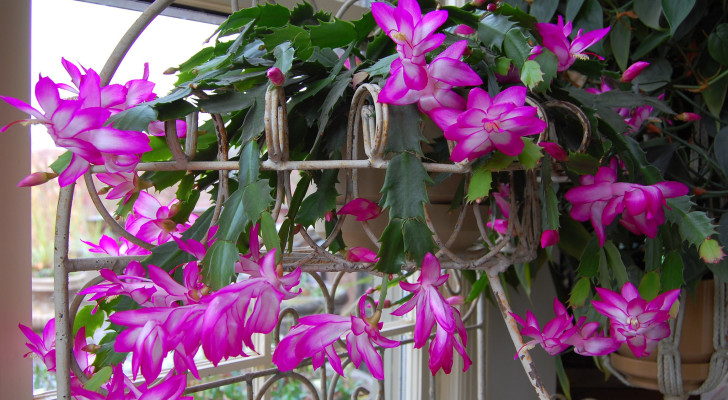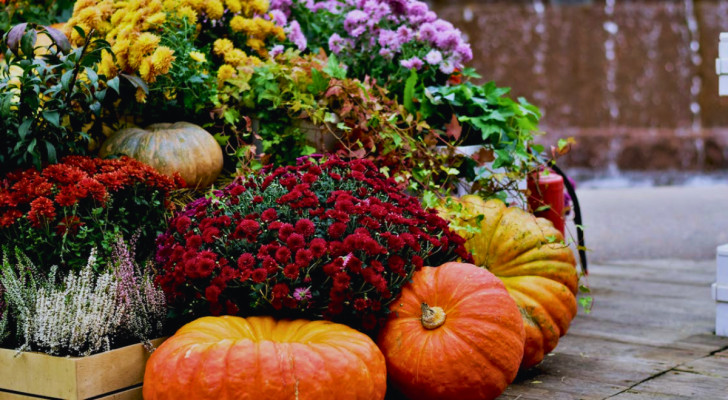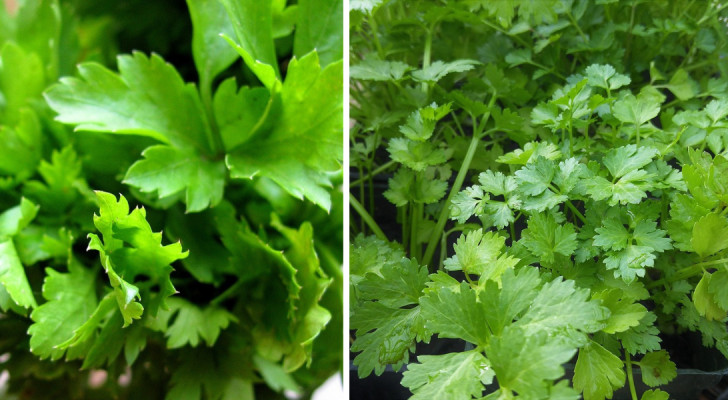Strong, robust cuttings: tips and tools to use to propagate your plants successfully
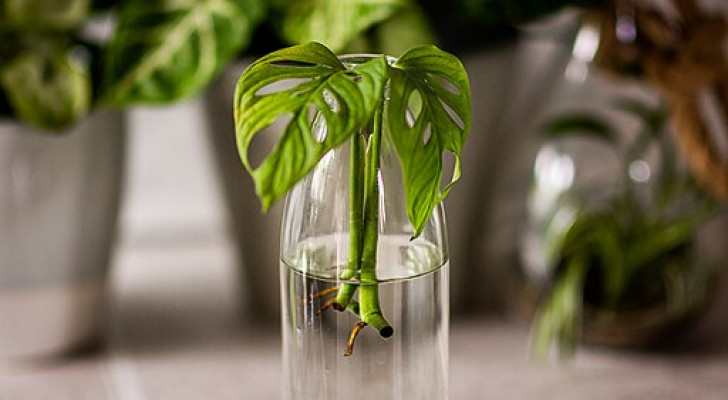
Morinimnas/Wikimedia Commons
One of the simplest ways to propagate plants is by using cuttings, ie. a technique that uses the regenerative capacity of plants to create new plants from cuttings taken from adult plants.
Typically, young leaves, stems and branches are used for cuttings. These cuttings are then treated in such a way that they are induced to produce roots and establish themselves as viable "copies" of the parent/donor plant.
So, how can we ensure our cuttings grow and thrive? Well, check out the advice given below:
How to take cuttings
In order to gather viable cuttings, proceed as follows:
- identify a healthy branch/stem that does not have flowers on the donor plant;
- prepare a sharp knife or scissors by sterilizing it in alcohol (or heating it over a flame) to ensure it is perfectly clean and will not spread any pathogens;
- make a cut just below a node at a 45 degree angle; all going well, the cutting will sprout roots from the node.
Cuttings in water
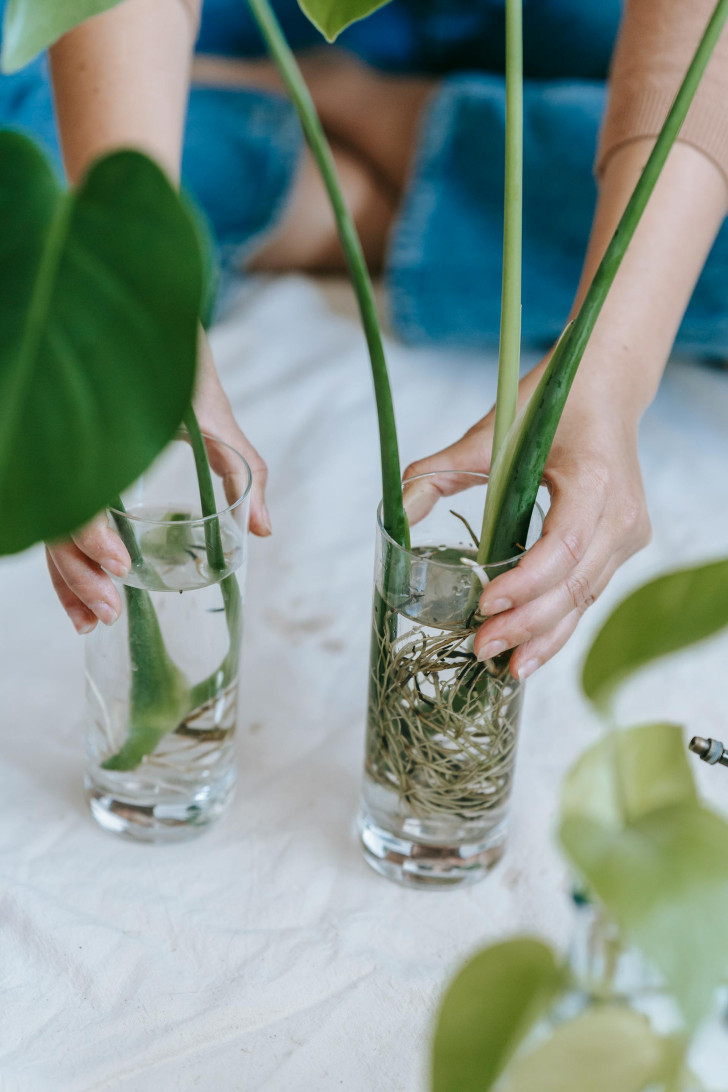
Teona Swift/Pexels
A cutting placed in water will produce fragile roots and will need to be treated very gently when it's repotted.
After taking the cutting, it must be placed into a container - preferably a glass one - which is then filled with water up to at least the top of the cutting's node; the water must be replaced every 3-4 days and the roots should start to sprout in a few weeks.
Wait until the new roots are sufficiently long and robust before repotting the cutting in soft, well-draining soil (which should be kept moist).
Cuttings in soil
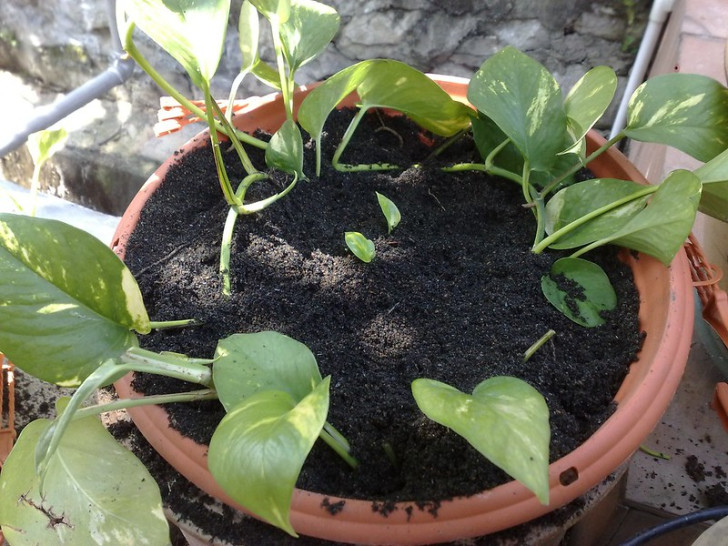
Francis Chung/Flickr
You can also plant your cuttings directly into potting soil, avoiding the above-described, in-water method. In this case, the roots will be more robust as they will become accustomed to the greater resistance of the soil from the off.
You will need to use a pot that drains properly and use light, high-quality soil to ensure the right mix of nutrients is always available to your cuttings.
Always keep the soil moist but ensure it doesn't get water-logged (which could cause root rot to set in).
Common needs of cuttings
Whatever propagation method you use (in-water or in-soil) your cuttings have some common needs which you will need to satisfy:
- Humidity levels and the ambient temperature must be kept as constant as possible; to this end, it is useful to cover your cuttings with a plastic bag or place them a small greenhouse to help create the ideal microclimate for them;
- Place your cuttings in a place where they will get plenty of indirect sunlight.
Rooting hormones
Cuttings can be encouraged to grow strong, robust roots through the use of rooting hormones. You can find rooting hormones at any nursery or you can use an equivalent with products you probably already have at home:
- Aloe vera gel: apply this gel directly to the cutting before immersing it in water or inserting it into the soil. Alternatively, insert a cutting directly into an aloe leaf before planting them both into the potting soil;
- Cinnamon: when applied as a powder to your cuttings before planting them, cinnamon will help prevent the growth of mold and bacteria;
- Willow sticks: willow contains natural plant hormones - auxins and salicylic acid - which promote root development. Steep sticks of willow in water and then use this water to irrigate your cuttings.
Follow the above advice and your cuttings will always be healthy, strong and robust!
